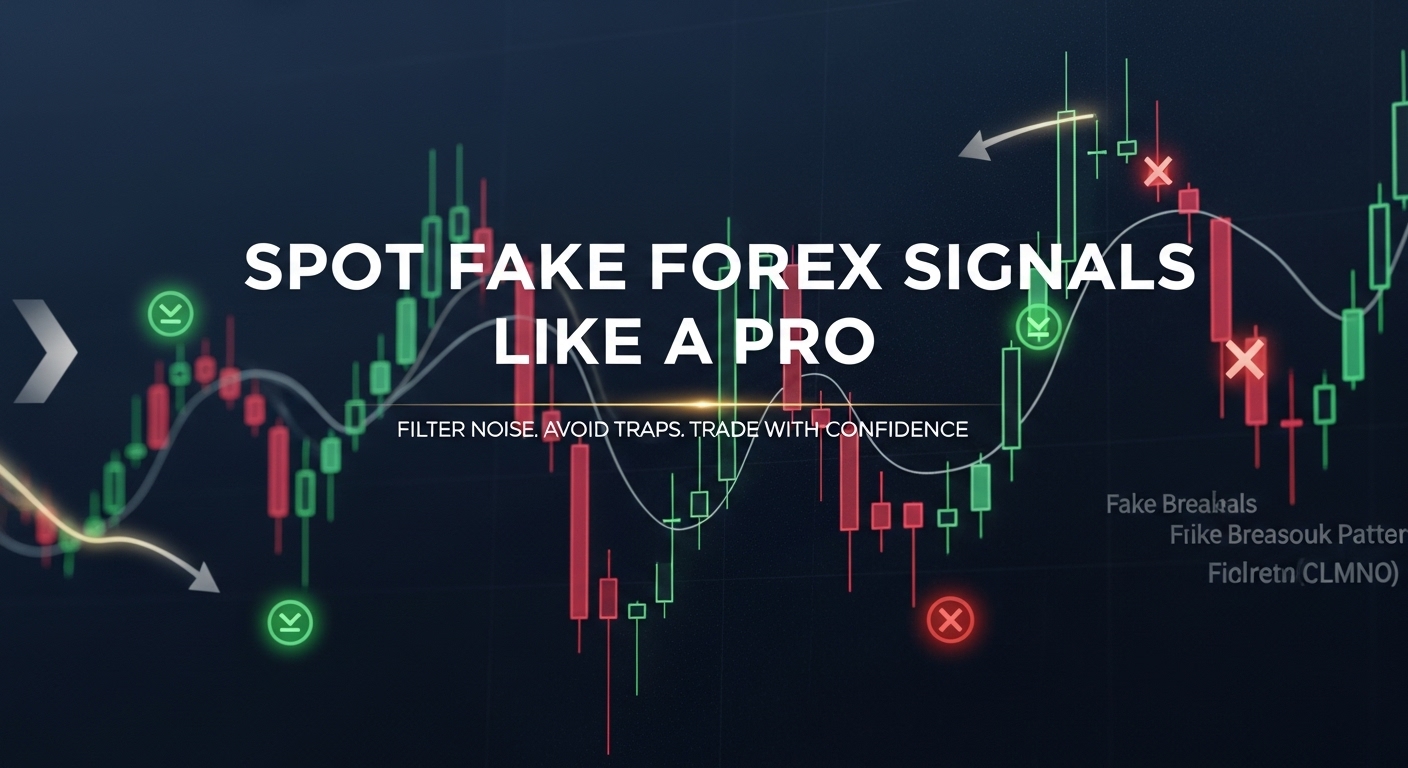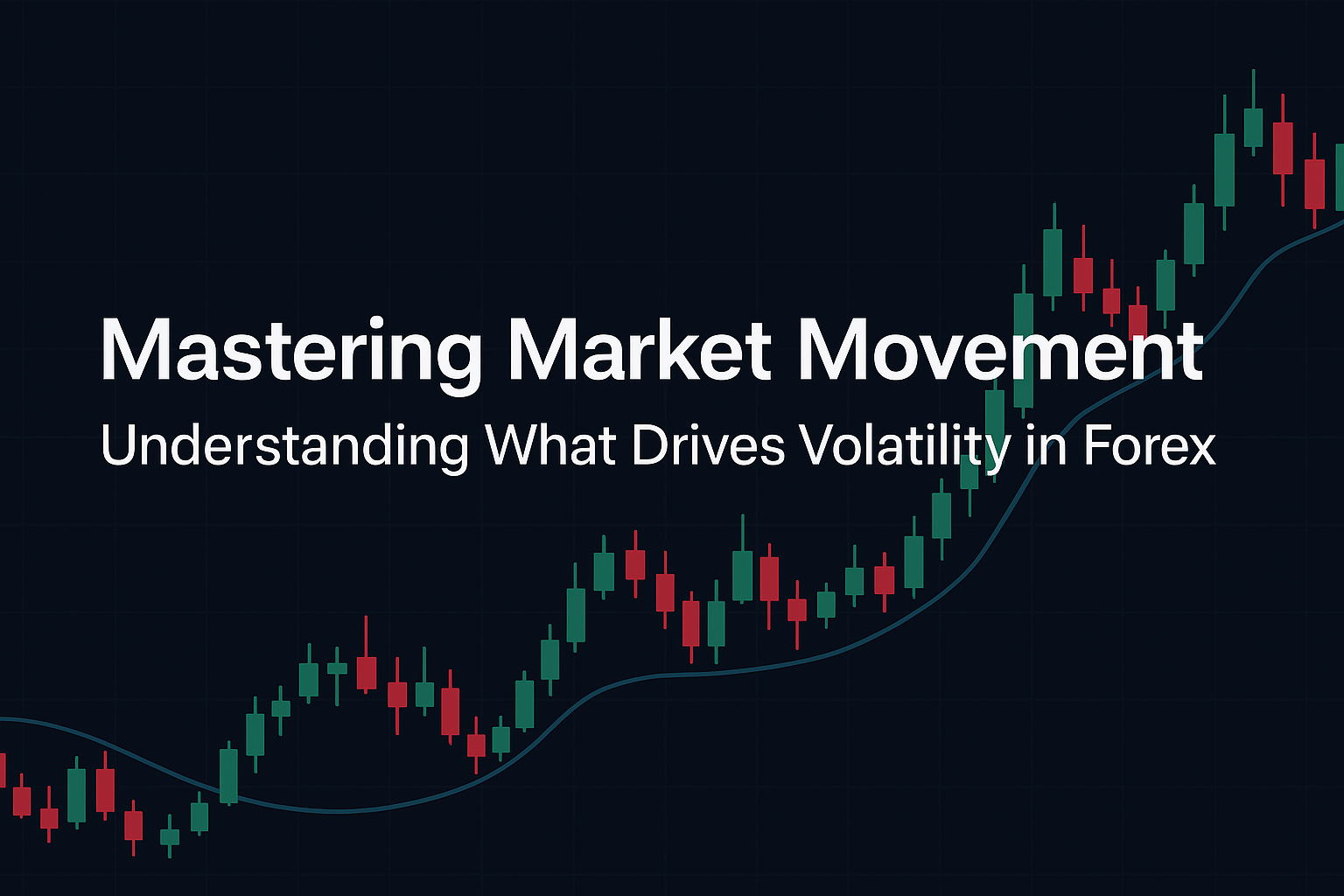Table of Contents
A market cycle refers to the natural fluctuation of price movement over time, driven by various factors such as economic data, geopolitical events, and trader sentiment. These cycles help traders identify trends, spot potential entry points, and predict market behavior.
The Phases of a Market Cycle
A typical market cycle consists of four distinct phases:
- Accumulation Phase: This is the period when smart money investors are accumulating positions, often unnoticed by the broader market. Prices may move sideways or show little volatility. Traders should look for signs of stabilization and potential reversals during this phase.
- Uptrend (Markup Phase): As demand increases, the market enters an uptrend. Prices begin to rise steadily, driven by growing optimism and strong market momentum. This is when traders look for buying opportunities, as the trend gains strength.
- Distribution Phase: During this phase, institutional investors start to take profits and sell off their positions. The market shows signs of slowing momentum, and price action may become erratic. It’s crucial for traders to watch for signs of distribution, as this often marks the end of the uptrend.
- Downtrend (Markdown Phase): The market enters a downtrend as selling intensifies, and prices start to fall. This phase is characterized by pessimism, where traders may be eager to exit positions, and the market sentiment turns negative.
How to Trade Market Cycles
To effectively trade market cycles, traders should focus on identifying which phase the market is currently in. Tools like technical indicators, chart patterns, and market sentiment analysis can help determine the phase. The key is to avoid getting caught in a trend reversal too early and to ride the trend while it’s still strong.
Conclusion
Market cycles are an essential aspect of Forex trading, providing valuable insights into the timing of trades. By understanding these cycles, traders can position themselves more effectively and capitalize on both trending and consolidating markets. As always, managing risk and staying disciplined are critical for success in any market environment.





